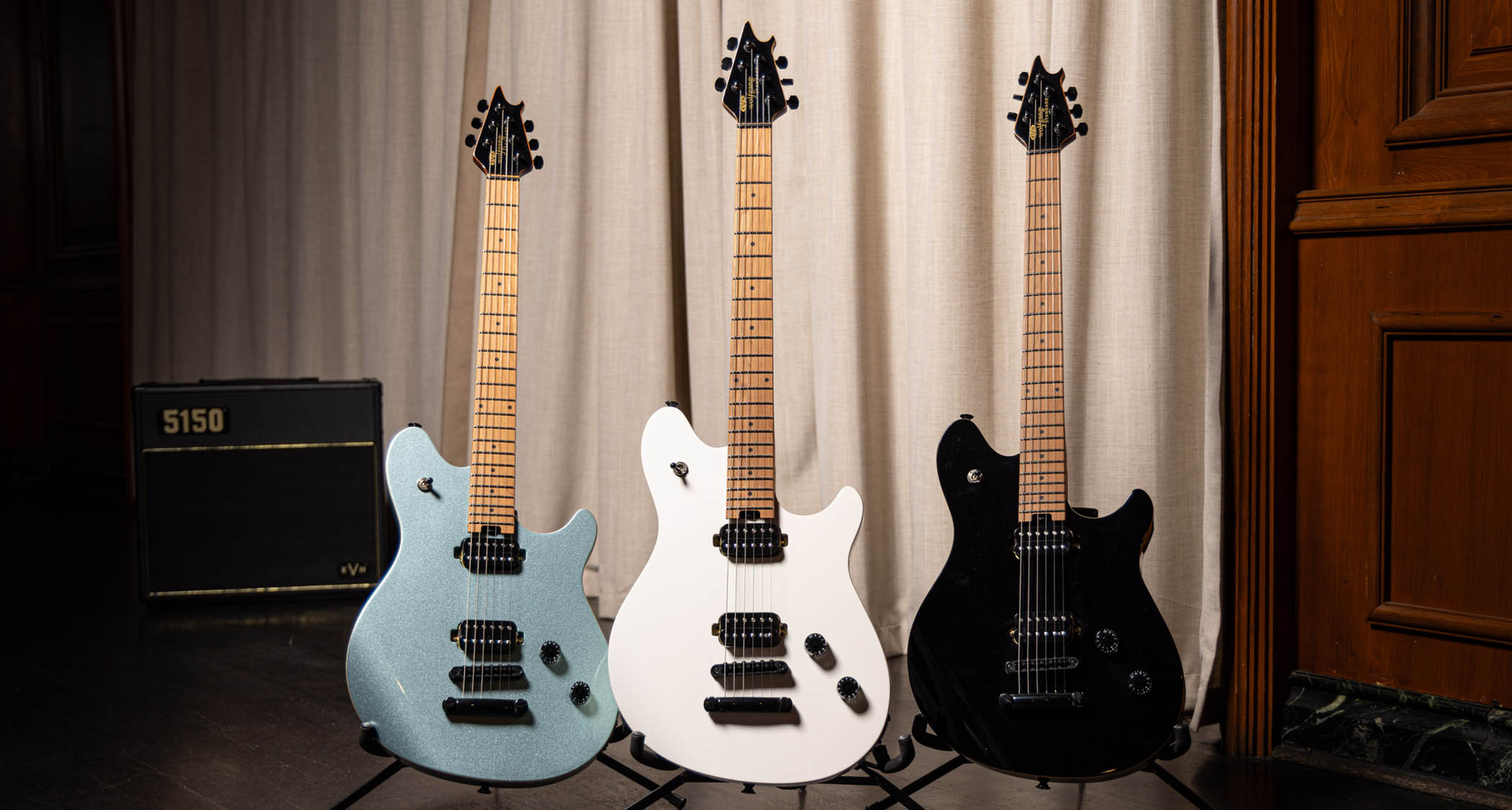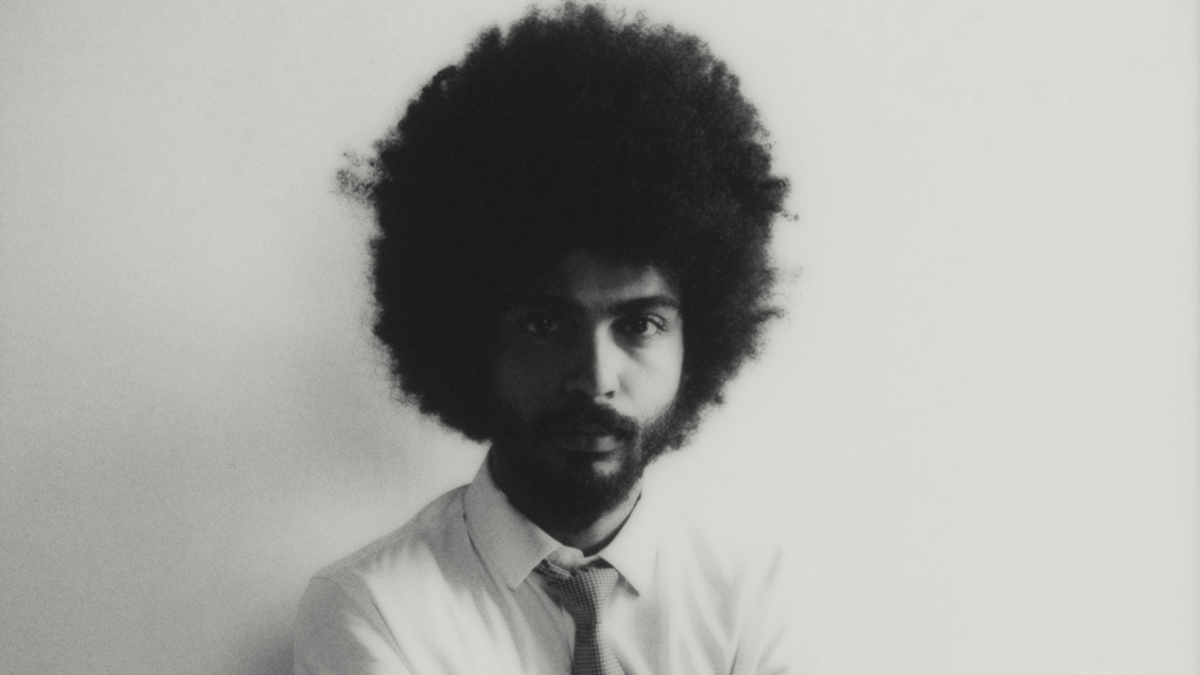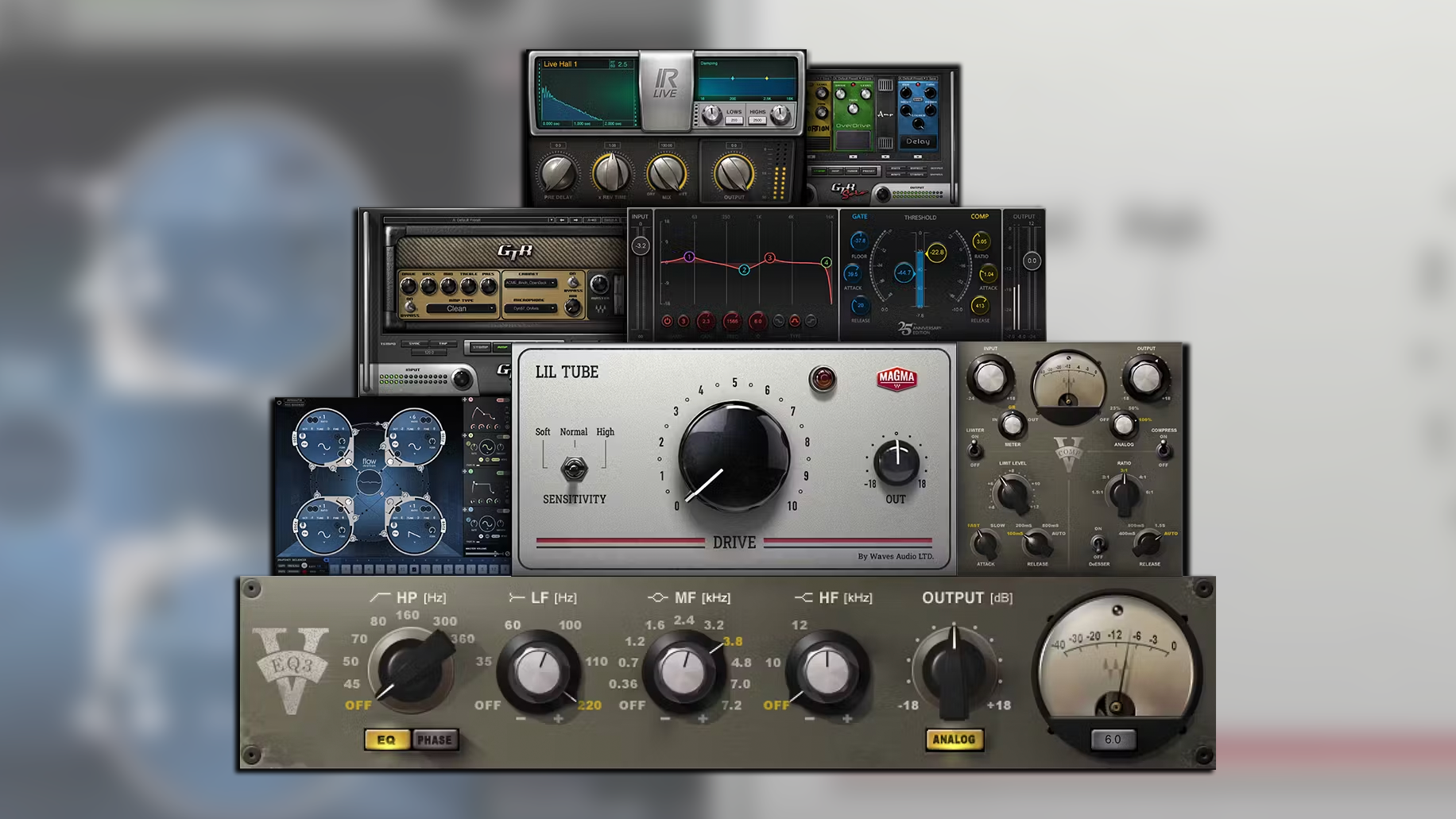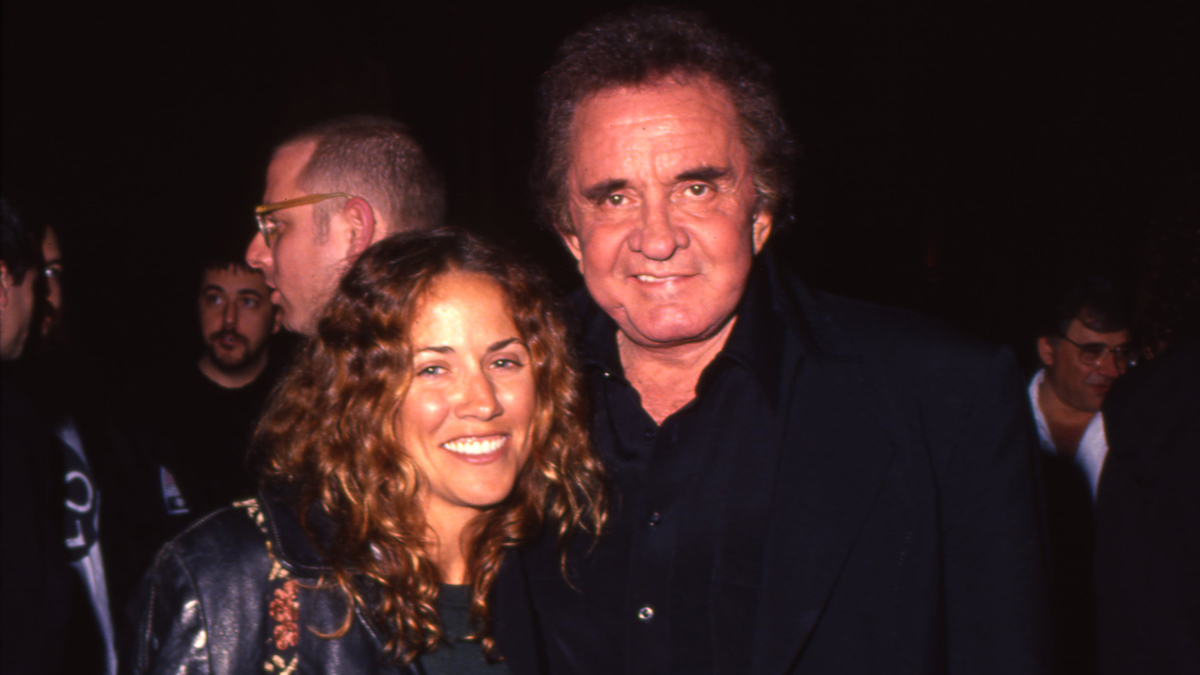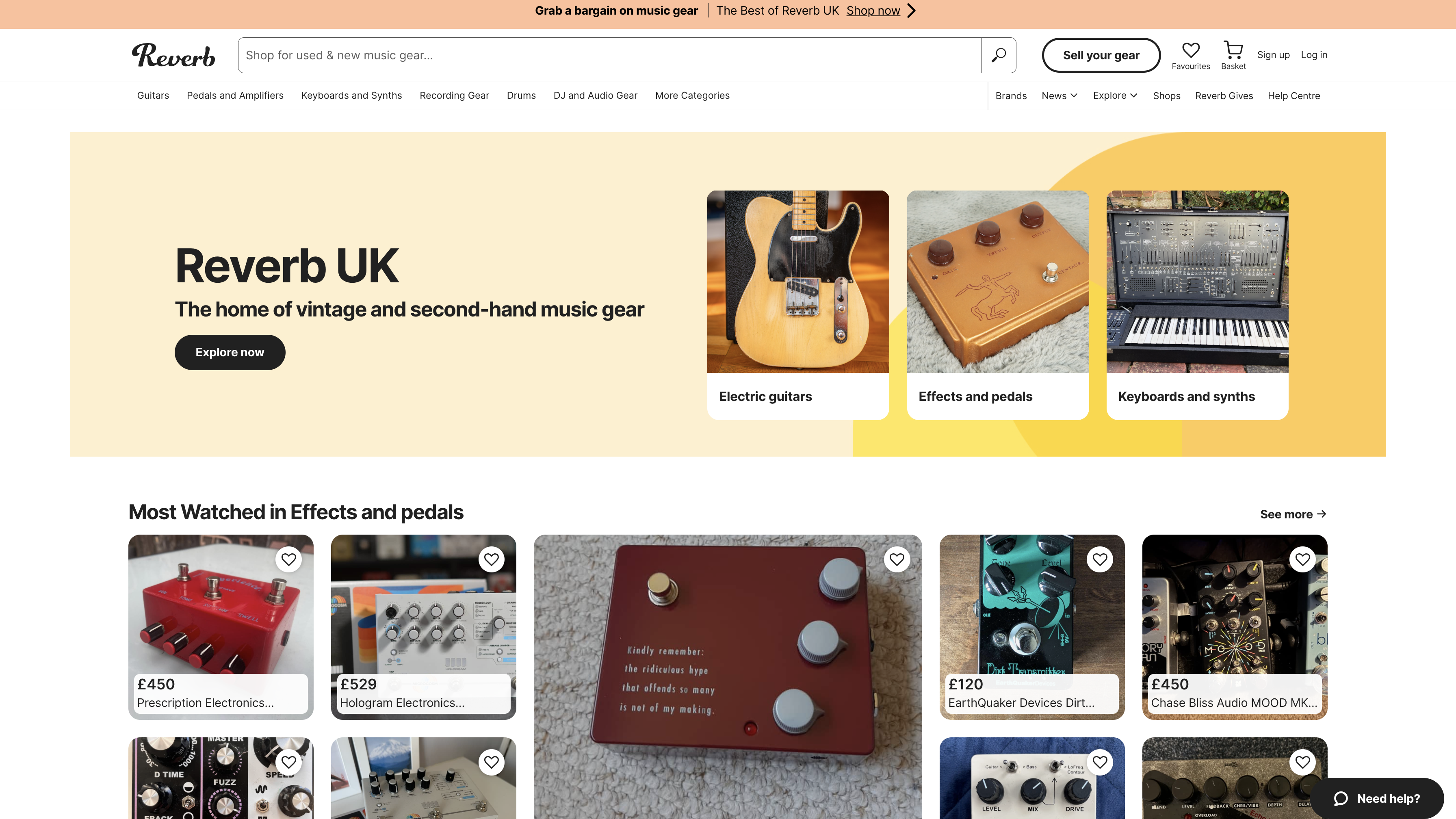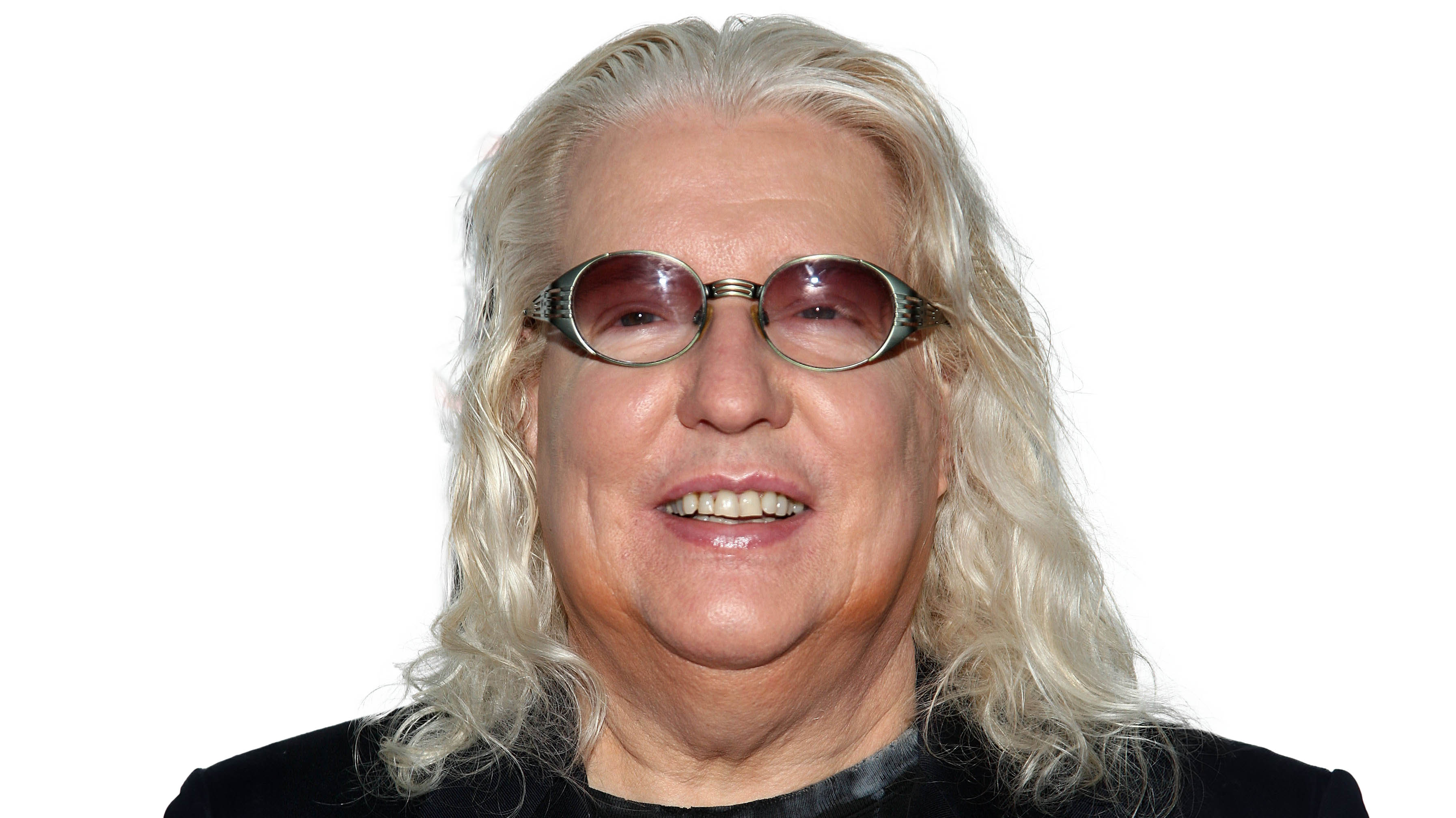Speedy J on the 30th anniversary of ambient techno classic Ginger: "My approach was to take more time for tracks to develop - be less focused on the impact of the drums, and give everything a bit more space"
Recently celebrating its 30th birthday, Speedy J tells us about the making of his 1993 Warp Records debut
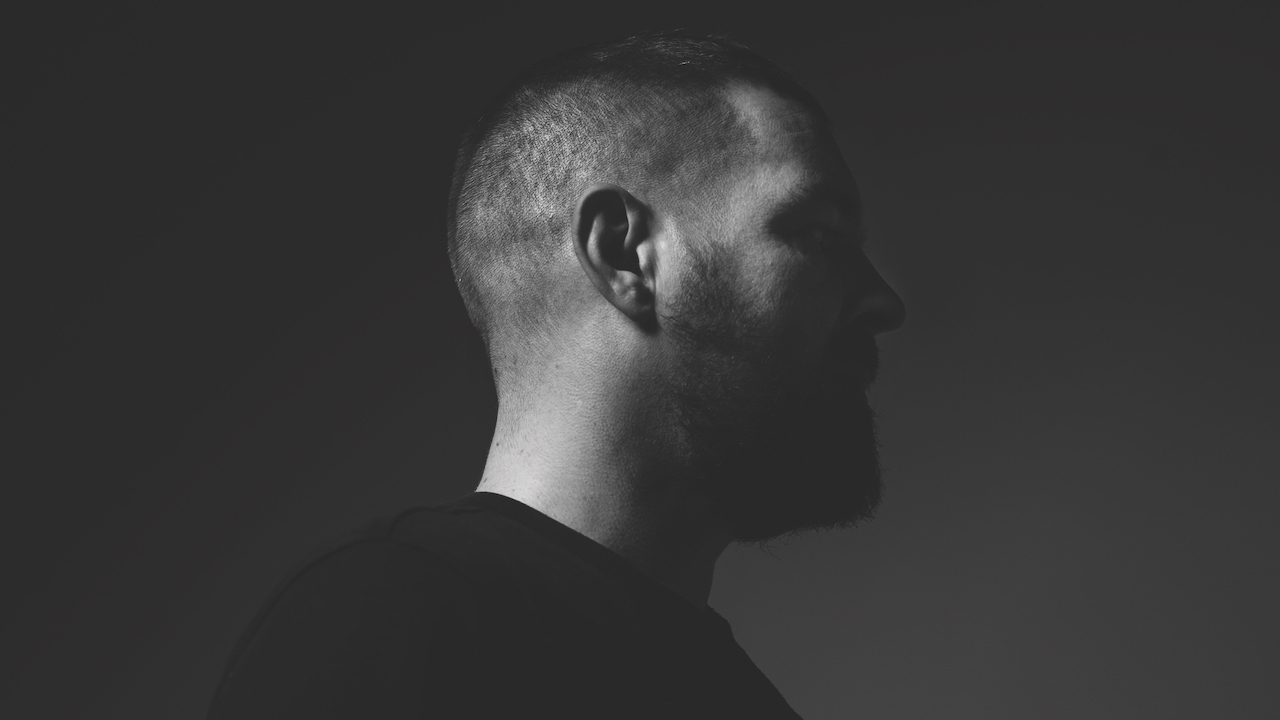
Originally released in the summer of 1993 as part of Warp Records’ seminal Artificial Intelligence series. Speedy J’s debut album would go on to be rightfully regarded as a classic of “armchair techno”, as the years ticked by.
He may have got his name pushing the type of tough tunes that were tearing up his native Rotterdam. But, on the side, he’d been messing with that pioneering and pared down production coming out Chicago and Detroit, for his own ends.
His take on “non-club” tracks wound up on labels like Plus 8, and would catch the eye of the Warp lot, who were beginning to bug out on his blend of blissed-out beats.
“That’s why the album ended up sounding the way it did,” says Speedy J. “They came along saying, ‘We want to collect up this music that’s not made for the dancefloor. It’s made up of b-sides and the kind of ‘second tracks’ on club singles’. They wanted to gather this stuff up and do these compilations. So, that’s how Ginger came about.”
The tracks tucked in the LP’s grooves were freestyled out by Mr. J, live and loose, as was the fashion of the day, with the young buck understandably unaware of the significance of the joints he was jamming out.
He calls the album format itself a “canvas” – a perfect space to explore the more experimental, introspective, and personal side of his music making, away from the banging business of dancefloor 12”s.

“I think all the people involved in this Artificial Intelligence series kind of made their own take on what an album of this music would be,” he says. “My approach was to take more time for tracks to develop. Be less focused on the impact of the drums. And just give everything a bit more space.
Get the MusicRadar Newsletter
Want all the hottest music and gear news, reviews, deals, features and more, direct to your inbox? Sign up here.
“It was, like, four sides of space on vinyl. An hour and 20 minutes. And you just made your own story with it.”
Ginger recently turned 30. To commemorate this landmark release, Warp has reissued the album on limited edition double vinyl. Head to the label’s Bandcamp to cop this high-quality remastering for your collection.
In the studio
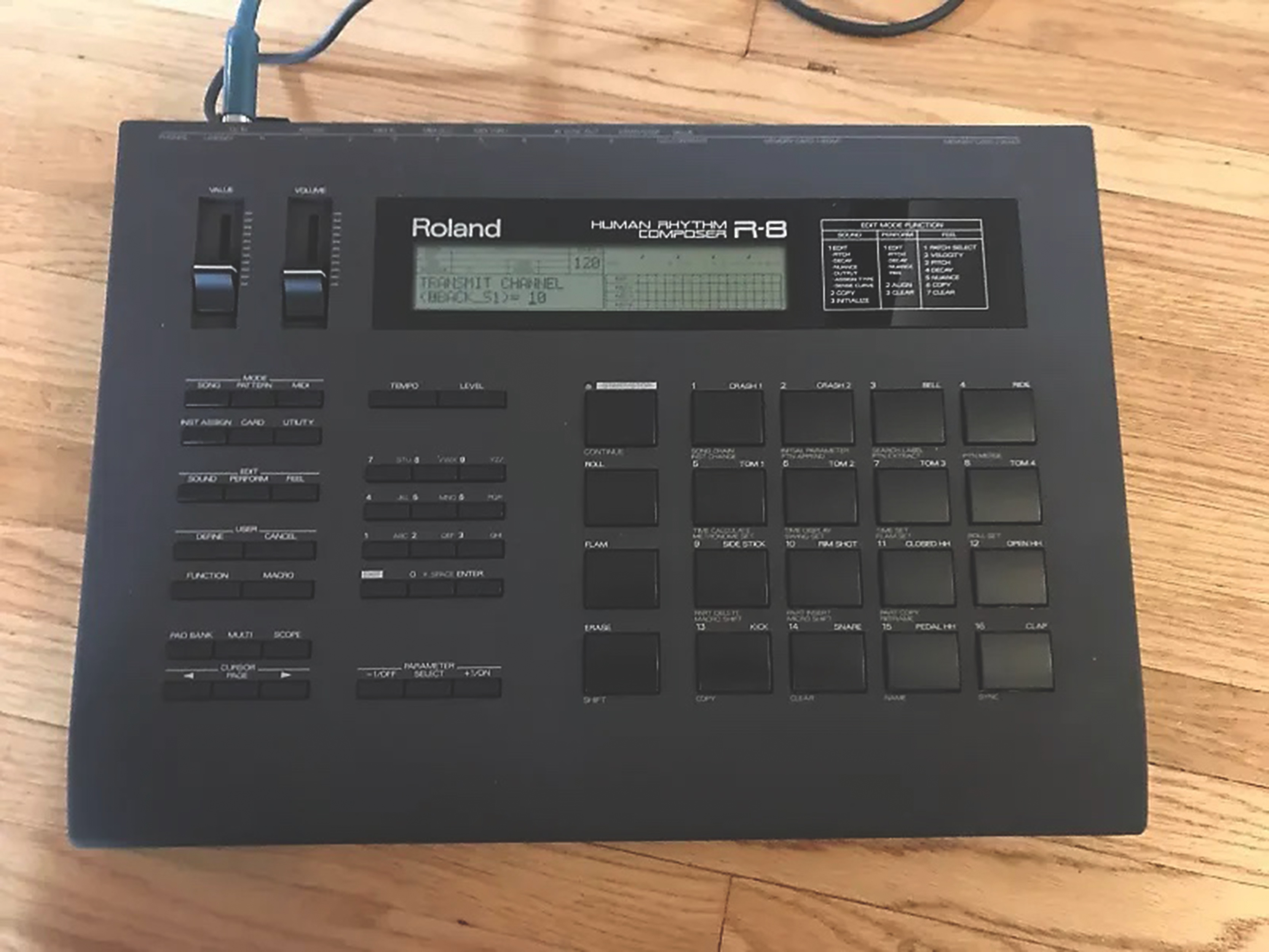
“It was recorded in Plant Studios [Holland]. It was a shared space. Everybody had their own room, but we shared the same floor in this old building.
“I had some 24-channel Allen & Heath [GS3] desk, and then a rack of effects. I think the [Alesis] QuadraVerb, [Yamaha] SPX90, Boss SE-50. Just the stuff that everybody was using at the time. Nothing fancy. Just off-the-shelf stuff.
“The main machine was the Roland R-8. I used that as a drum machine as well as a sequencer to trigger external samples, because I had this Akai S-950 or 900 that I used for loops.
“I’d make my own samples and put them in the Akai and trigger them from the R-8. That’s like one-shots, you know? I also used the Korg Wavestation, a Roland DM-80 hard disk recorder, and the Yamaha DX100.
“Then the [Roland] Juno-106, a 909, 808… All the classics, really. You could just pick them up anywhere man, for nothing. I paid like 200 guilders at the time for my 303.”
Ginger, track-by-track with Speedy J
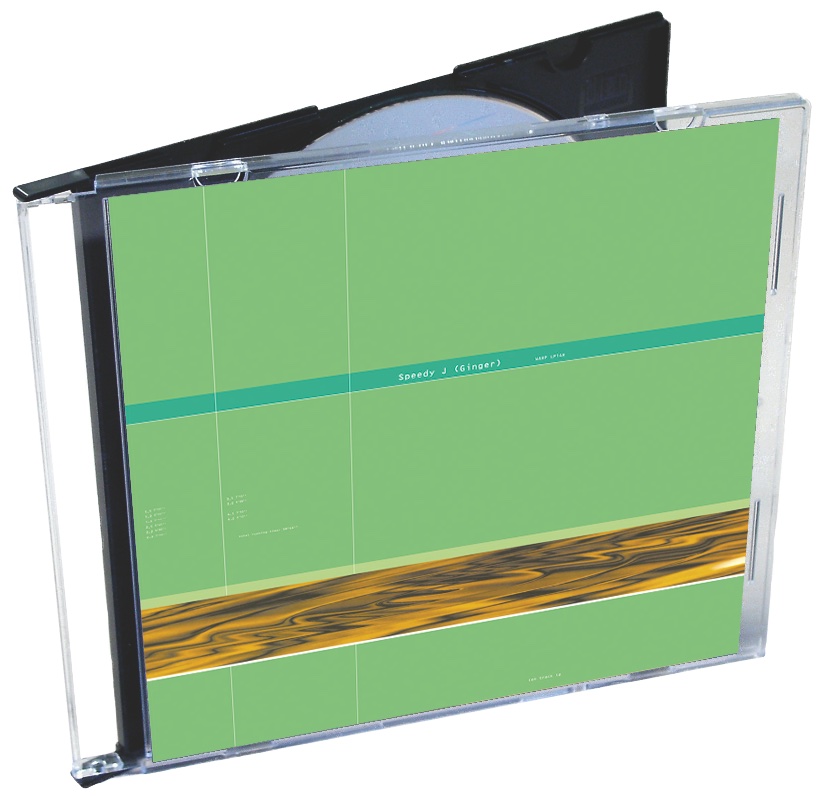
Ginger
“I think that this track was probably an attempt to go from the really rigid kind of stuff that I was known for, you know? Not that I was deliberately thinking it at the time. The thing is, artists can always come up with the concept about things afterwards.
“Listening back now, it picked up from what I was doing at the time, to sort of slowly morphing to the more melodic, spacey vibe that I was after for the album.
“So, it goes from something that sounds very rigid and very mechanical, at the start, and sort of develops into this more… I mean, I hate that word, but more sort of, ‘atmospheric’, or into that more melodic side of things.
“So, yeah, it was this idea to move from one into the other. That was basically the idea. Or my attempt to sort of capture that idea.”
Fill 4
“These are like interludes. Some of this stuff is unfinished, to be honest. I recorded so much stuff at the time.
“When I’m working on music, I can start off with something, like a sound or a melody or something. And you think, wow, this is exciting! Sometimes it happens that you immediately know how to follow up on it. Or what’s good to add to it. Or what direction to take it. And sometimes I think it’s enough just to leave it with the original spark, you know? Like, the original idea.
“This was one of the things that I thought, ‘Okay, I can never get away with this as a single, or as a release, or something, but I could give it a little home in the context of an album.’”
Beam Me Up!
“I had a label called Beam Me Up! at the time. Yeah, I always mix up titles, labels, artists names, pseudonyms, and events that I’m involved with.
“I always take names from other projects, too. Anything I have lying around. Or, just to be confusing. I don’t know. It’s just something that happened happens, you know?
“I think track names and titles are a necessary evil. I mean, let’s be honest – Speedy J, right? That name came from before I was doing techno. I was in hip-hop bands and I used to do DJ battles and stuff. That’s where the name Speedy J comes from, because I was fast on the cut.
“As a hip-hop DJ I actually collected a lot of old breakbeats and those types of rare grooves and samples to play with from that time.
“I used to dig a lot through funk records; collections [at] old record shops and shit like that. And one of those old funk samples is in this track. So, it’s basically all built around that.”
R2 D2
“This name keeps the sci-fi theme going. It’s probably all made with the [Roland] R-8; maybe some samples. Oh, and a [Korg] Wavestation.
“It was one of the things that just happened in the studio. I guess I wanted to do something more electro-y. But, again, something that wouldn’t have worked on a 12-inch, you know?
“It was something that I wanted to do, and something I could get away with as part of an album, or like a whole a longer story.
“I think it works quite well as something you can listen to. But, it wouldn’t have worked on a dancefloor. So yeah, that’s why I kind of choose the opportunity to explore that side of things, here.”
Fill 14
“This is another one of the ambient, sort of melodic-sounding ones. The way I approached the album was just to make all these different types of tracks that had a common theme, sound or aesthetic. And I think what happened with some of the ones that I recorded is that they happened to be in the same key as some others. So, I used them to bridge certain passages on the album.
Nobody was really doing albums. This is a time when people were just putting out stuff on 12”s for DJs to play
“I also had one of the first hard disk recorders at the time. Like, some Roland [DM-80] four-track thing. And you could do really long crossfades on them.
“[This was] before samplers had enough space to actually use very long sound files, so you needed a hard disk recording device. And I used that to stitch tracks like this together to make transitions.
“I had all these sketches laying around, and started to compile them to make these mini sections of the album.”
Basic Design
"I like this. It’s the one I think that has some sort of blending going on with the drums. I really liked the kind of sci-fi-ness of that flanger sound, you know?
“And, again, I think it borrows some production ideas, or things, that are more drawn from that style of the more tracky side of things that I was doing at the time. Tracks with that Chicago-ish drum programming, but sounding really atmospheric, and not very aggressive, you know?
“I think the patterns you can hear in this track are pretty much very early house and techno-ish. But, the sounds are completely different, in that they are way more atmospheric. And that was something I wanted to balance out on this album.”
Perfect Pitch
“This one was completely live, and all came from a jam. I was running all the sounds on the desk. And there were even more sounds in there that didn’t make it into the track.
“That’s a method that I still use to this day. Just get all these layers going and mix everything on-the-fly. So, fade things in and out, and do effects on-the-fly. And just record 30 minutes, or even an hour. Then find a little bit that sort of makes sense.
“Then you chop in an intro. Or, maybe, just use the beginning, and go straight into the part which is interesting.
“I like how dynamics in tracks happen when they’re jammed live. When this happens in the studio, you’re as much a spectator as a maker. You are excited about it, in the moment. And, I think that kind of sticks to the recording, and gives it some kind of value, you know?
“Sometimes it’s not necessary to overthink things. Sometimes they just come together instantly. And that’s all it needs.”
Flashback
“Okay, I guess this is the most punchy one on the whole album. Yeah, I just wanted to do something very clean and very sci-fi sounding in terms of, you know, sounds, which are a bit more Kraftwerk-y, in some way.
I like how dynamics in tracks happen when they’re jammed live – you’re as much a spectator as a maker
“It was just an aesthetic I had in mind. And I think that, technically, most of that was done on the Wavestation, again. And the bass is coming from a [Yamaha] DX, probably the DX100. And the drums are [Roland] 909s, and some samples.
“Yeah, so it’s just something very mechanical. And when I say ‘sci-fi’, I mean, not acoustic, but artificial. You know? Like, machine-style.”
Pepper
“I made this with my wife, Natalie. Her surname is ‘Pfeffer’, which is German for ‘pepper’. There’s some [Roland] 303 on there, and she was a massive fan of that sound. We all were. She joined me sometimes in the studio. And then I just had that line going, and she did the modulating of the filter on that one – just because it was fun.”
De-Orbit
“This actually first came out on [Richie Hawtin and John Acquaviva’s] Plus 8 Records, as part of an EP [Rise, 1991]. And then, around the same time, both Richie and myself were asked to contribute to this Artificial Intelligence compilation [Warp, 1992]. And, yeah, that was just a straight request. [Warp Records co-founder] Rob Mitchell just loved the track and it had some relevance to him.
“It was just, ‘Can we use the track for this compilation? Because we love it’. And that’s how this album ended up on Warp. I mean, everything around that time happened around the same time, right? I actually made most of the Ginger stuff already in ’91. And some of that came out on Plus 8. Rob thought it was a good thing to add as an extra track on the album, just because it had some traction already.
“It’s all part of the same time of recording, you know? Everybody was spreading stuff over different labels, under different names. It was sort of all over the place, but great times.”


"At first the tension was unbelievable. Johnny was really cold, Dee Dee was OK but Joey was a sweetheart": The story of the Ramones' recording of Baby I Love You
"Reggae is more freeform than the blues. But more important, reggae is for everyone": Bob Marley and the Wailers' Catch a Fire, track-by-track



![Speedy J - R2 D2 [Warp Records WARPCD14] - YouTube](https://img.youtube.com/vi/K1BpB2uHbZk/maxresdefault.jpg)





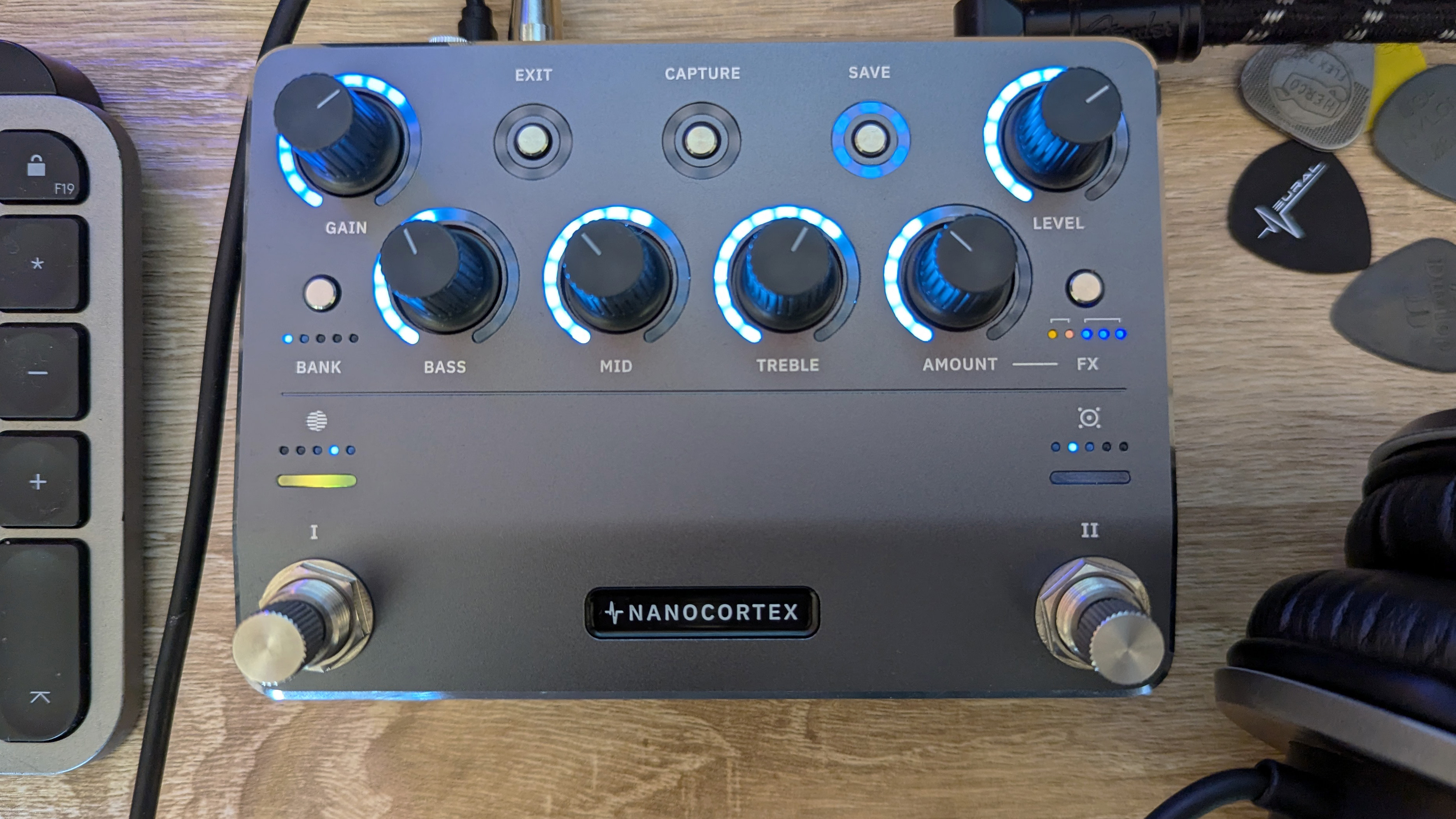
![Gretsch Limited Edition Paisley Penguin [left] and Honey Dipper Resonator: the Penguin dresses the famous singlecut in gold sparkle with a Paisley Pattern graphic, while the 99 per cent aluminium Honey Dipper makes a welcome return to the lineup.](https://cdn.mos.cms.futurecdn.net/BgZycMYFMAgTErT4DdsgbG.jpg)
